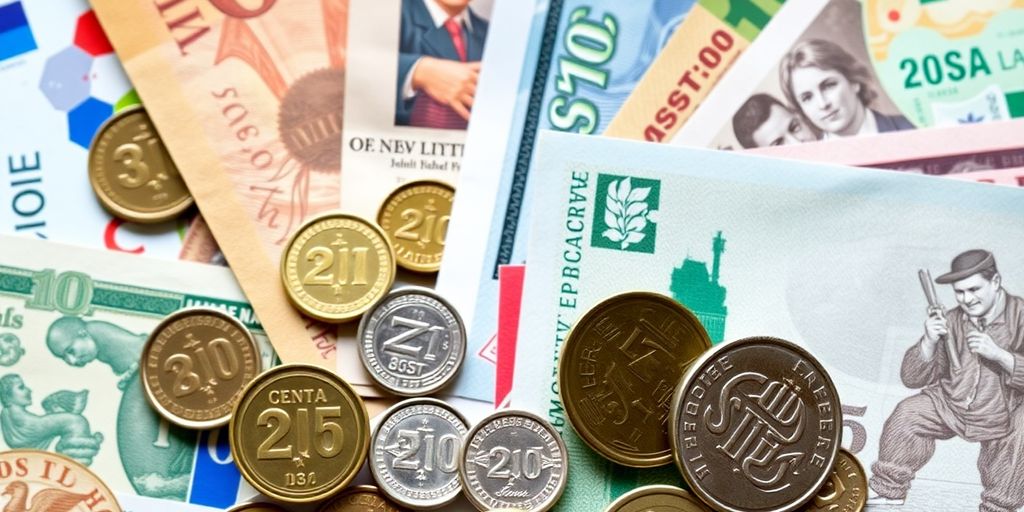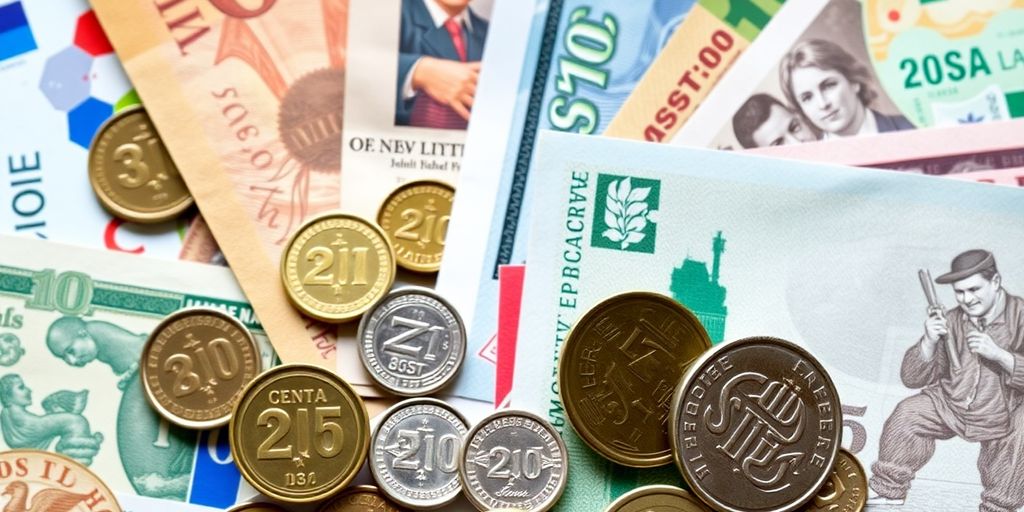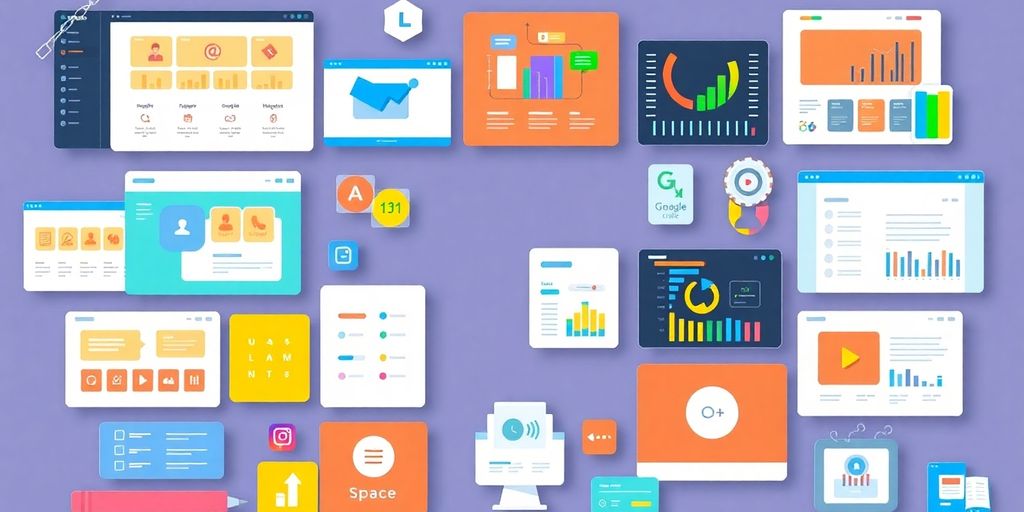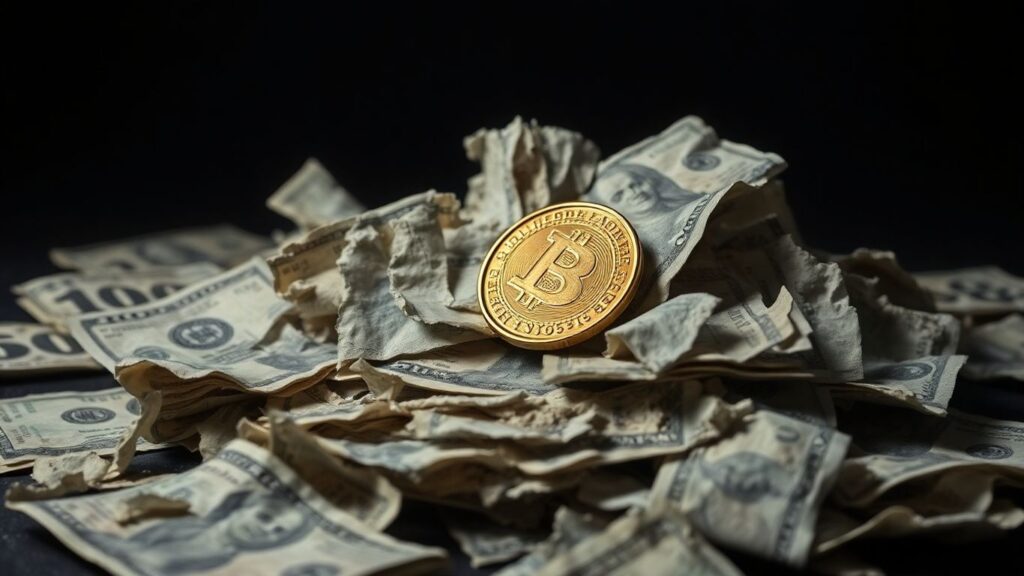Exploring the Internet of Value: Revolutionizing Digital Transactions in 2024

In 2024, the Internet of Value is changing the game for digital transactions. It’s not just about moving money faster; it’s about exchanging any kind of asset quickly and securely, thanks to technologies like blockchain. This concept aims to make transactions as easy as sending an email, cutting out middlemen, and reducing costs. As we explore this topic, we’ll see how it’s set to reshape industries and what challenges lie ahead.
Key Takeaways
- The Internet of Value aims to make asset exchange as quick as information exchange.
- Blockchain plays a crucial role by enabling secure, direct transactions without intermediaries.
- Real-world applications of blockchain are already transforming industries like finance and supply chain.
- Digital assets, including cryptocurrencies and CBDCs, are redefining value exchange.
- Challenges like regulation and technological barriers must be addressed for widespread adoption.
Understanding the Internet of Value
Defining the Internet of Value
The Internet of Value (IoV) is reshaping how we think about transactions. Imagine sending money as easily as sending a text message. That’s the promise of the IoV—instant transfer of assets over the internet without middlemen. This concept isn’t just about money; it’s about any asset that holds value, from stocks to intellectual property. By cutting out intermediaries, the IoV aims to make transactions faster, cheaper, and more transparent. Learn more about the Internet of Value.
Historical Context and Evolution
Tracing back to the early days of the internet, the focus was on sharing information. Fast forward to today, and we’re witnessing a shift towards exchanging value. Initially, the internet was all about emails and web pages. But as technology evolved, so did our needs. The rise of digital currencies like Bitcoin marked a turning point, showcasing that value could be transferred digitally. This evolution has been fueled by advancements in blockchain technology, which provides the backbone for secure and decentralized transactions.
Key Components and Technologies
The IoV relies on several key technologies:
- Blockchain: Acts as a public ledger, ensuring transparency and security in transactions.
- Cryptography: Protects data integrity and privacy, making sure that only intended parties can access transaction details.
- Smart Contracts: Automated contracts that execute when certain conditions are met, cutting down on the need for manual intervention.
These technologies work together to create a seamless and efficient way to transfer value across the globe. As the IoV continues to grow, we can expect these components to become even more integrated into our daily lives.
The Internet of Value is not just a technological shift but a transformation in how we perceive and handle assets. It’s about making transactions as fluid and straightforward as sharing information online.
The Role of Blockchain in the Internet of Value

In recent years, blockchain has emerged as a game-changer, shaking up traditional systems that have long been plagued by inefficiencies and high costs. By eliminating the need for intermediaries, blockchain technology offers a transparent, decentralized ledger that enhances security and efficiency in transactions. It’s like cutting out the middleman in a deal, making the whole process smoother and faster.
Decentralization and Security
Decentralization is at the heart of blockchain’s security promise. Unlike traditional systems that rely on a central authority, blockchain spreads data across a network of nodes. This makes it much harder for hackers to compromise the system, as they would need to breach multiple points simultaneously. It’s like having your valuables stored in multiple safes instead of one.
Real-World Applications of Blockchain
Blockchain isn’t just theory; it’s already making waves in various industries:
- Finance: With blockchain technology, financial transactions are becoming faster and more secure, slashing costs and eliminating the need for third-party verification.
- Healthcare: Secure storage of medical records on blockchain ensures patient privacy and data integrity.
- Supply Chain: Real-time tracking of goods via blockchain enhances transparency and reduces fraud.
Blockchain’s potential goes beyond just finance; it’s reshaping how we interact with digital assets across multiple sectors, paving the way for a more secure and efficient future.
Transforming Global Transactions
Cross-Border Payment Innovations
Imagine a world where sending money abroad is as simple as sending an email. That’s the promise of blockchain in the realm of cross-border payments. Traditionally, these transactions have been plagued by high fees, slow processing times, and a lack of transparency. With blockchain, these issues are being addressed head-on. Blockchain technology eliminates the need for intermediaries, allowing for direct, peer-to-peer transactions that are faster, cheaper, and more transparent. This is especially beneficial for businesses and individuals who frequently engage in international trade. As the report explores, the global payments ecosystem is rapidly evolving, presenting new opportunities for stakeholders to capitalize on these emerging dynamics.
Reducing Transaction Costs and Time
The traditional banking system often involves multiple layers of intermediaries, each adding their own fees and delays. Blockchain cuts through this complexity by providing a direct link between parties. Transactions that once took days can now be completed in minutes, and at a fraction of the cost. This not only saves money but also opens up new possibilities for economic activity, particularly in regions where banking infrastructure is underdeveloped or unreliable.
Enhancing Transparency and Trust
In the world of finance, trust is paramount. Blockchain technology enhances transparency by creating an open ledger where all transactions are recorded and visible to participants. This transparency helps build trust among users, as everyone can verify the legitimacy of transactions. Moreover, the immutable nature of blockchain records ensures that once a transaction is made, it cannot be altered or erased, providing a permanent and tamper-proof record. This level of transparency and security is a game-changer for industries that rely on trust, such as finance, healthcare, and logistics.
Blockchain isn’t just about making transactions faster and cheaper. It’s about creating a more transparent and trustworthy financial system where everyone has equal access and control over their assets. As we move forward, the potential for blockchain to transform global transactions is enormous, paving the way for a more inclusive and efficient global economy.
Digital Assets and the Future of Value Exchange
Cryptocurrencies and Tokenization
Cryptocurrencies have taken the financial world by storm, providing a new way to think about money and transactions. These digital currencies, like Bitcoin and Ethereum, operate on decentralized networks, making transactions secure and transparent. Tokenization, on the other hand, is transforming how we view ownership. By converting physical and digital assets into tokens on a blockchain, it allows for fractional ownership and greater liquidity. Imagine owning a piece of art or real estate without having to buy the entire asset—this is the power of tokenization.
The Rise of Central Bank Digital Currencies
Central Bank Digital Currencies (CBDCs) are emerging as a significant trend. Countries around the world are exploring CBDCs to enhance their financial systems. These digital currencies, issued by central banks, promise to streamline transactions and make them more secure. Unlike cryptocurrencies, CBDCs are backed by the government’s trust, offering a stable digital currency option that could reshape traditional banking.
Impact on Traditional Financial Systems
The rise of digital assets is shaking up traditional financial systems. Banks and financial institutions are adapting to this new landscape by integrating digital currencies and blockchain technology into their operations. This shift promises to reduce transaction costs and increase efficiency. However, it also poses challenges, such as regulatory hurdles and the need for technological upgrades. As digital assets become more mainstream, traditional financial systems will need to evolve to stay relevant.
As digital assets continue to grow, they’re not just changing the way we invest and transact—they’re redefining the very concept of value in our economy. The future of value exchange is digital, and it’s happening faster than we might expect.
Challenges and Opportunities in the Internet of Value

Regulatory and Compliance Issues
Navigating the regulatory landscape is a major hurdle in the Internet of Value. As digital transactions become more common, governments worldwide are grappling with how to regulate this new frontier. The lack of clear regulations can stifle innovation and create uncertainty for businesses and consumers alike. However, with the right frameworks, regulation can also foster innovation by providing clear guidelines and protections.
Technological Barriers and Solutions
Technology is both a barrier and a solution in the Internet of Value. On one hand, there’s the challenge of scalability. Current systems struggle to handle the volume of transactions needed for global adoption. On the other hand, advancements in blockchain and other technologies are paving the way for more efficient and secure transactions. The IoT Advisory Board’s findings highlight the importance of addressing these technological challenges to fully unlock the potential of the Internet of Value.
Future Prospects and Innovations
Looking ahead, the Internet of Value holds immense promise. Innovations like decentralized finance (DeFi) and tokenization are just the beginning. These technologies offer new ways to exchange value, bypassing traditional intermediaries and opening up financial systems to more people. The future is bright, but realizing it will require overcoming current challenges and seizing new opportunities.
The Impact of the Internet of Value on Industries
Finance and Banking Transformation
The finance sector is undergoing a massive shift thanks to the Internet of Value. Traditional banking, with its long queues and paperwork, is making way for digital-first services. Banks are not just places to store money anymore; they’re becoming digital ecosystems. With blockchain, transactions are faster and more secure, reducing the reliance on middlemen. Imagine sending money abroad and having it arrive in seconds without paying hefty fees. That’s becoming the norm. Plus, decentralized finance (DeFi) is opening up new avenues for peer-to-peer lending and investing, bypassing the usual gatekeepers.
Supply Chain and Logistics
In supply chain management, transparency and efficiency are key. Blockchain is like a digital ledger that everyone can see but no one can alter. This means you can track a product’s journey from the factory to your doorstep with ease. No more wondering where your package is or if it’s been tampered with. This kind of visibility helps companies combat counterfeiting and optimize logistics. Real-time tracking isn’t just a dream anymore; it’s a reality powered by the Internet of Value.
Healthcare and Identity Management
Healthcare is another industry benefiting greatly. With blockchain, patient records can be securely stored and shared, ensuring privacy and accuracy. Imagine having all your medical history in one place, accessible only by you and trusted healthcare providers. This not only streamlines care but also empowers patients to have more control over their health data. In identity management, blockchain provides a secure way to verify identities without the need for multiple forms of ID. It’s like having a digital passport that you can use anywhere.
The Internet of Value is reshaping industries by making transactions faster, more secure, and transparent. It’s not just about money; it’s about transforming how we interact with the world around us.
Building a Sustainable Internet of Value Ecosystem
Collaborative Efforts and Partnerships
To create a sustainable Internet of Value, collaboration is key. Different sectors, including finance, technology, and government, need to work together. Partnerships can drive innovation and ensure that the ecosystem is inclusive and resilient. For instance, tech companies can team up with regulatory bodies to create frameworks that balance innovation with security. Here are some areas where collaboration is essential:
- Standardization: Developing common standards across platforms to ensure interoperability.
- Research and Development: Joint ventures in R&D can lead to breakthroughs that benefit all stakeholders.
- Public-Private Partnerships: These can accelerate the deployment of infrastructure needed for the Internet of Value.
Sustainability and Ethical Considerations
As we build this ecosystem, sustainability must be front and center. The environmental impact of technologies like blockchain cannot be ignored. Solutions like IoT technology can help monitor and reduce emissions, making the ecosystem more eco-friendly. Ethical considerations should also guide development, ensuring that technologies do not exacerbate inequalities. Some key points include:
- Energy Efficiency: Implementing energy-efficient technologies to reduce carbon footprints.
- Ethical Design: Ensuring that systems are designed to be fair and accessible to all.
- Resource Management: Using resources wisely to minimize waste and optimize performance.
The Road Ahead for Global Adoption
Looking forward, the global adoption of the Internet of Value will require overcoming several hurdles. Education and awareness are crucial for widespread acceptance. People need to understand the benefits and potential risks associated with these technologies. The path to adoption includes:
- Education Initiatives: Launching programs to educate the public and stakeholders about the Internet of Value.
- Regulatory Frameworks: Establishing clear regulations to protect users and encourage innovation.
- Infrastructure Development: Investing in the infrastructure needed to support a global Internet of Value.
Building a sustainable Internet of Value is not just about technology; it’s about creating a future where value can be exchanged freely and fairly, benefiting everyone involved.
Conclusion
As we look ahead to 2024, the Internet of Value is set to change the way we think about transactions. It’s not just about money anymore. We’re talking about a world where anything of value can be swapped instantly, just like sending a text. This shift promises to make things faster and cheaper, cutting out the middlemen that slow everything down. But it’s not all smooth sailing. There are still hurdles to jump, like getting different systems to talk to each other. Yet, the potential is huge. Imagine a future where value moves as freely as information does today. That’s the dream, and it’s closer than ever. So, as we stand on the brink of this new era, it’s clear that the Internet of Value could redefine how we exchange value in the digital age.
Frequently Asked Questions
What is the Internet of Value?
The Internet of Value is the idea that just like information moves around the world instantly, value can too. This means things like money, stocks, or even rewards points can be exchanged quickly and easily.
How does blockchain help with the Internet of Value?
Blockchain is like a digital ledger that records transactions securely. It helps by making sure that exchanges are fast, safe, and don’t need a middleman, like a bank, to verify them.
What are digital assets?
Digital assets are things like cryptocurrencies or digital versions of real-world assets. They can be traded or used online, and are a big part of the Internet of Value.
Why is blockchain important for security?
Blockchain keeps transactions safe by using cryptography, which is a way to protect information. This makes it very hard for anyone to change the records and ensures everything is accurate.
What are some real-world uses of blockchain?
Blockchain is used in many ways, like helping banks make quicker payments, keeping healthcare records secure, and even letting people vote online safely.
What challenges does the Internet of Value face?
Some challenges include making sure there are rules everyone follows, overcoming technology hurdles, and getting people and companies to adopt these new systems.






Responses